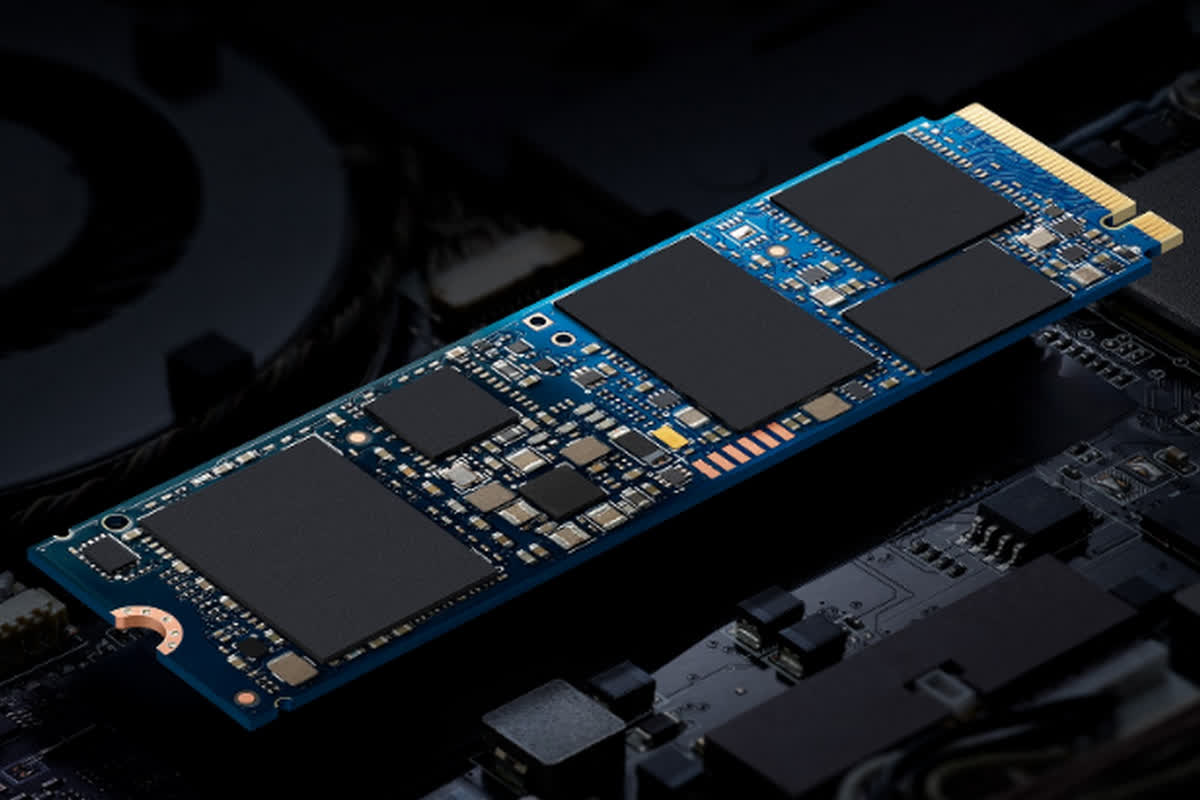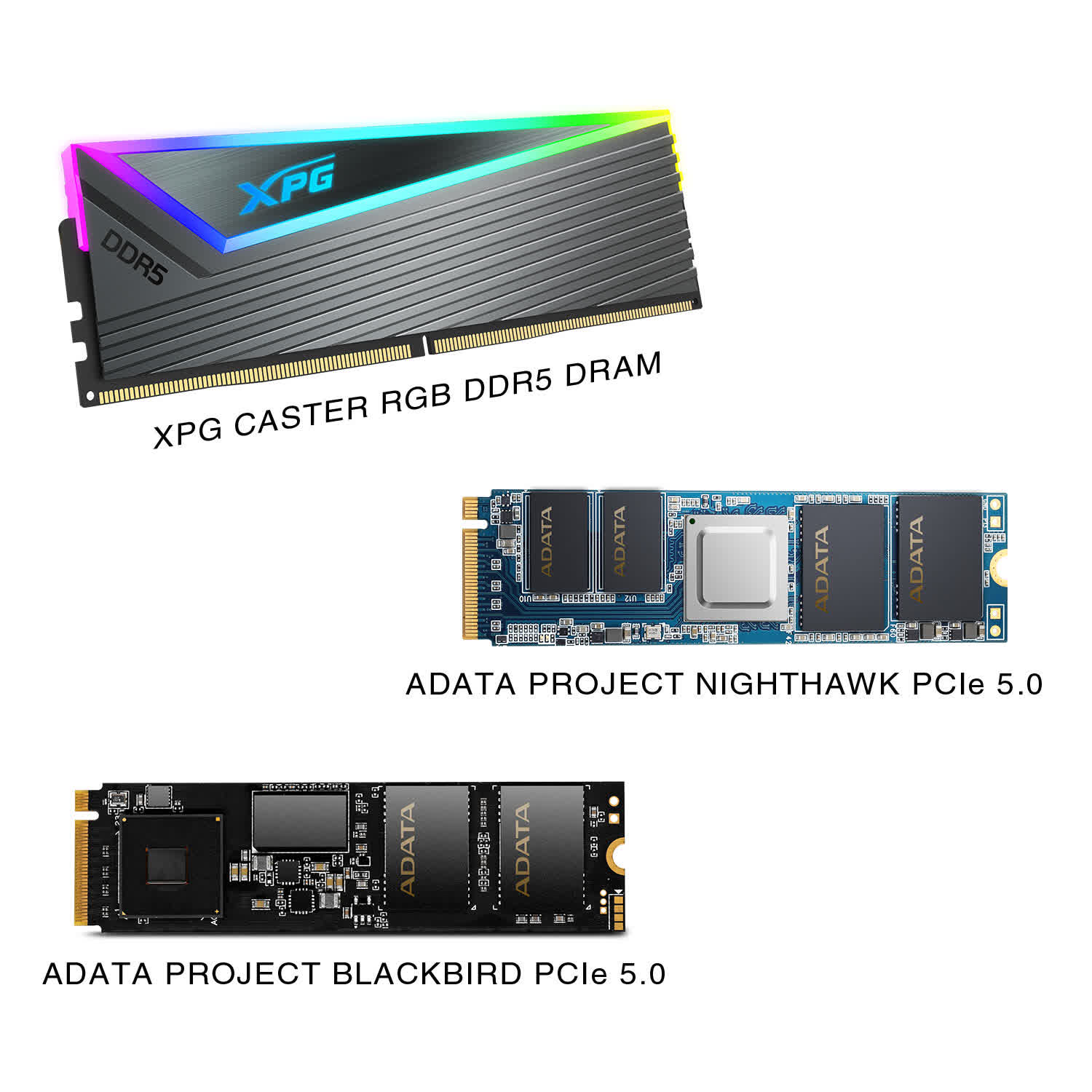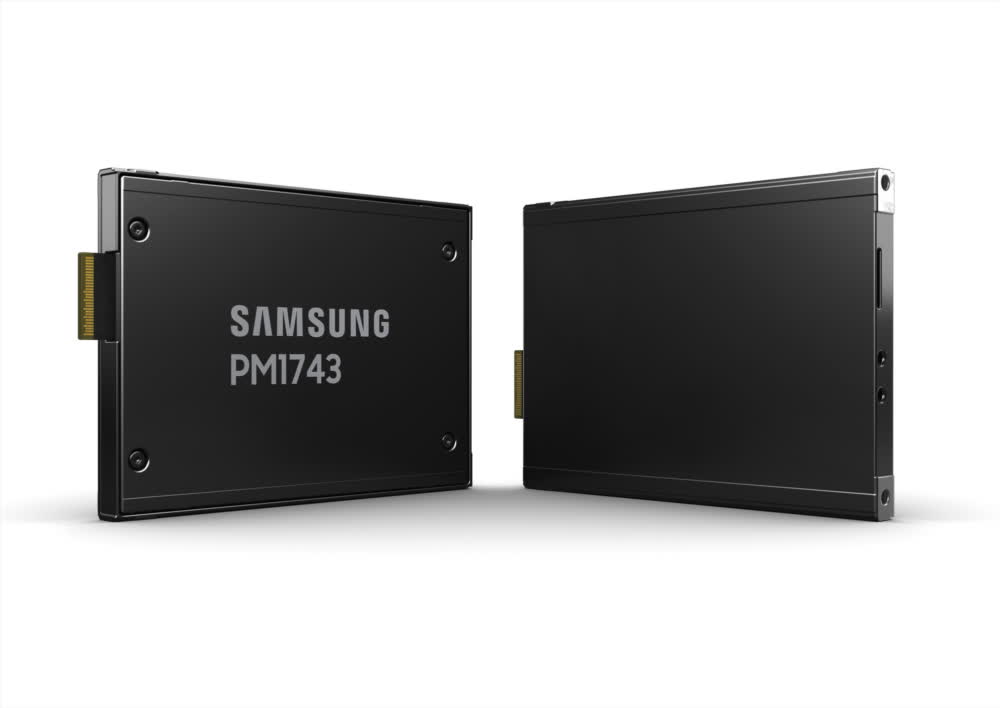Something to look forward to: With CES 2022 just a couple of weeks away, we’re seeing more exciting hardware announcements from event participants. The latest two being Adata and Samsung, who have teased their first PCIe 5.0 drives with next-gen performance figures.

The upcoming CES is showing even more signs of becoming a full-on virtual event, with several big names in the industry pulling out over fears of the latest Omicron variant. However, storage maker Adata has shared that it will be on location in Las Vegas to showcase some of its latest XPG-branded PC hardware.
Among them will be ‘Project Nighthawk’ and ‘Project Blackbird,’ two prototype m.2 PCIe 5.0 SSDs that offer nearly twice the read/write performance of current-gen PCIe 4.0 drives. For Project Nighthawk, which uses a Silicon Motion SM2508 controller, Adata claims sequential speeds of up to 14GB/s reads and 12GB/s writes.

Adata's CES announcement also includes the RGB-lit XPG Caster DDR5 RAM
The slightly slower Project Blackbird SSD features an InnoGrit IG5666 controller that offers the same read performance, but up to 10GB/s writes. Adata notes both drives pack up to 8TB of storage capacity. Expect additional details like IOPS performance, thermals, pricing and availability of consumer versions to be revealed during the showcase.
Samsung, which is also attending CES (for now), has revealed its next-gen PM1743 drive. This enterprise-focused PCI 5.0 NVMe SSD uses the company's sixth-gen V-NAND memory and utilizes a proprietary controller to offer up to 13GB/s sequential read (2,500K random read IOPS) and 6.6GB/s writes (250K random write IOPS).

Samsung says the PM1743 delivers up to 608 MB/s per watt, which is 30 percent more power efficient than last-gen SSDs. The upcoming drive will be offered in 2.5-inch and 3-inch EDSFF (E3.S) server-grade versions, and in storage capacities ranging between 1.92TB and 15.36TBs.
Samsung is currently sampling this drive with chipset and server manufacturers and plans to mass-produce it in Q1 2022.
https://www.techspot.com/news/92734-first-pcie-50-ssds-adata-samsung-way.html